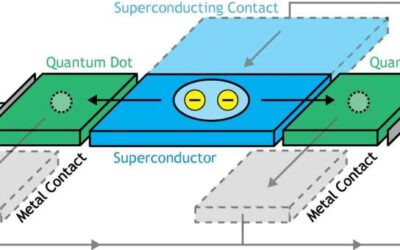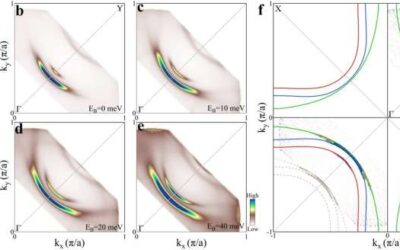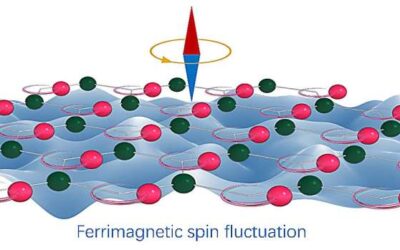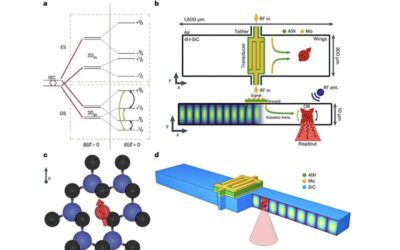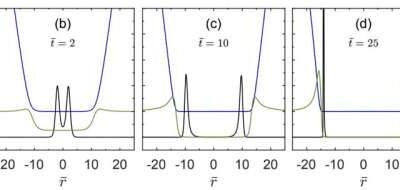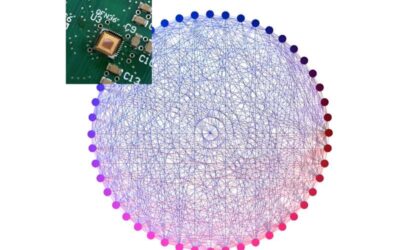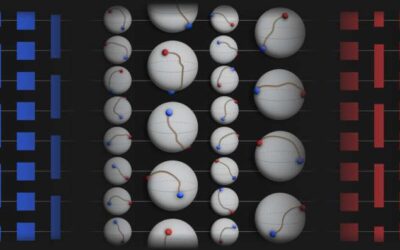Cooper pairs are pairs of electrons in superconducting materials that are bound to each other at low temperatures. These electron pairs are at the root of superconductivity, a state where materials have zero resistance at low temperatures due to quantum effects. As...
Quantum Physics
Study observes strong noise correlations between silicon qubits
To build highly performing quantum computers, researchers should be able to reliably derive information about the noise inside them, while also identifying effective strategies to suppress this noise. In recent years, significant progress has been made in this...
Study reveals the origin of high superconducting critical temperatures in trilayer cuprates
High-temperature cuprate superconductors are a broad class of materials that exhibit some unique characteristics. Due to their distinctive properties, these materials exhibit the highest superconducting temperatures reported to date under ambient pressure.
Study uncovers giant fluctuation-enhanced phonon magnetic moments in a polar antiferromagnet
Phonons, quasi-particles associated with sounds or lattice vibrations, can carry momentum and angular momentum. However, these quasi-particles are commonly considered to possess negligible magnetic moments.
A strategy for the spin-acoustic control of silicon vacancies in a 4H silicon carbide-based bulk acoustic resonator
Bulk acoustic resonators—stacked material structures inside which acoustic waves resonate—can be used to amplify sounds or filter out undesired noise. These resonators have found wide use in today's RF telecommunication, like Front-End Modules (FEM) in iPhones. They...
A new highly precise measurement of the hypertriton lifetime
A hypertriton is a tritium nucleus in which a neutron is replaced by a so-called Lambda hyperon. This type of hypernucleus was first discovered in the 1950s has since been the key focus of numerous studies.
A model probing the connection between entangled particles and wormholes in general relativity
Quantum entanglement is a physical process through which pairs of particles become connected and remain so even when separated by vast distances. This fascinating phenomenon has been the focus of numerous research studies, due to its mysterious nature and promising...
Researchers uncover unconventional charge carriers in a triangular-lattice Mott insulator
Mott insulators are a peculiar class of materials with structures that should theoretically conduct electricity, but that are instead insulators. These materials contain strongly correlated electrons, which can generate highly entangled many-body states marked by...
A physics-based Ising solver based on standard CMOS technology
Quantum computers, systems that perform computations by exploiting quantum mechanics phenomena, could help to efficiently tackle several complex tasks, including so-called combinatorial optimization problems. These are problems that entail identifying the optimal...
Study proves the difficulty of simulating random quantum circuits for classical computers
Quantum computers, technologies that perform computations leveraging quantum mechanical phenomena, could eventually outperform classical computers on many complex computational and optimization problems. While some quantum computers have attained remarkable results on...

